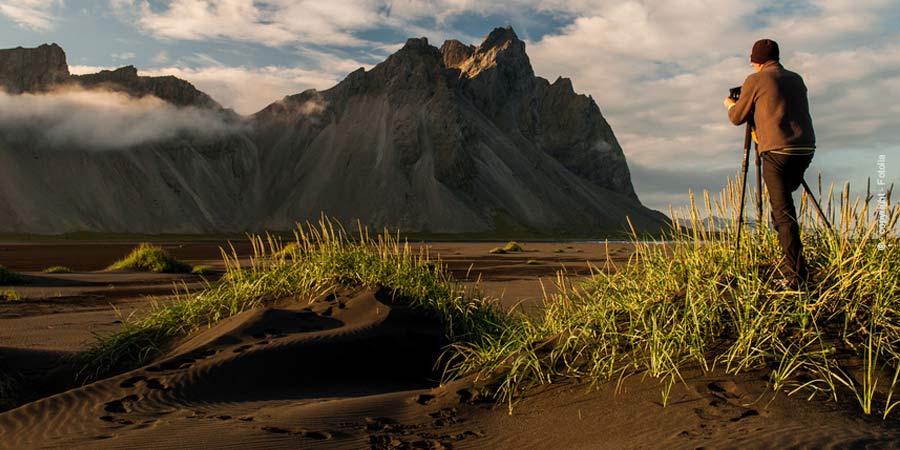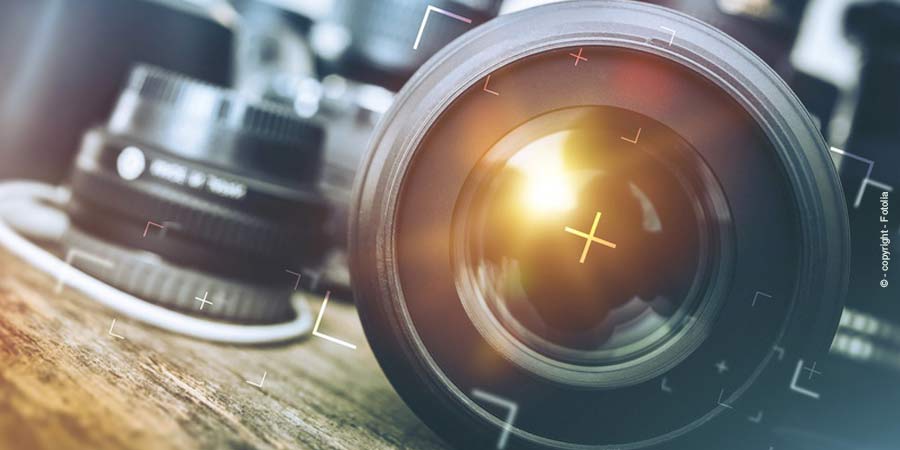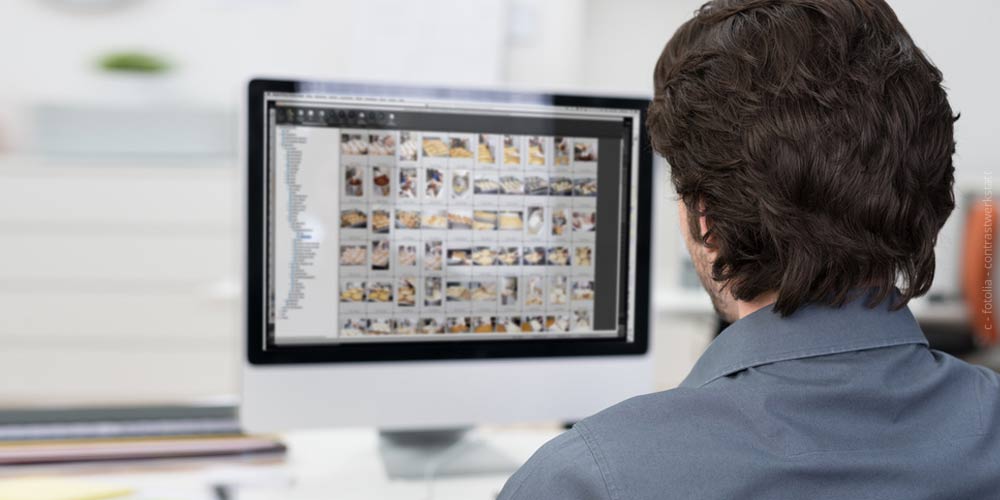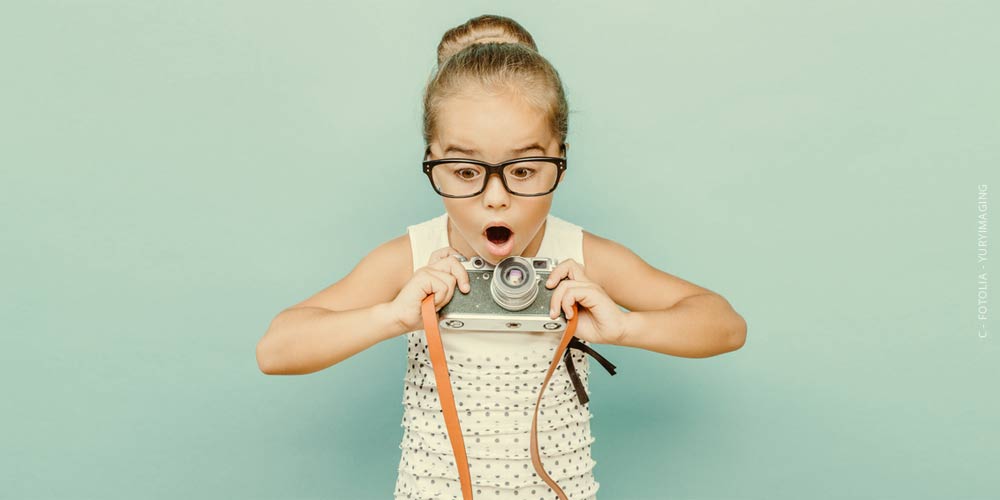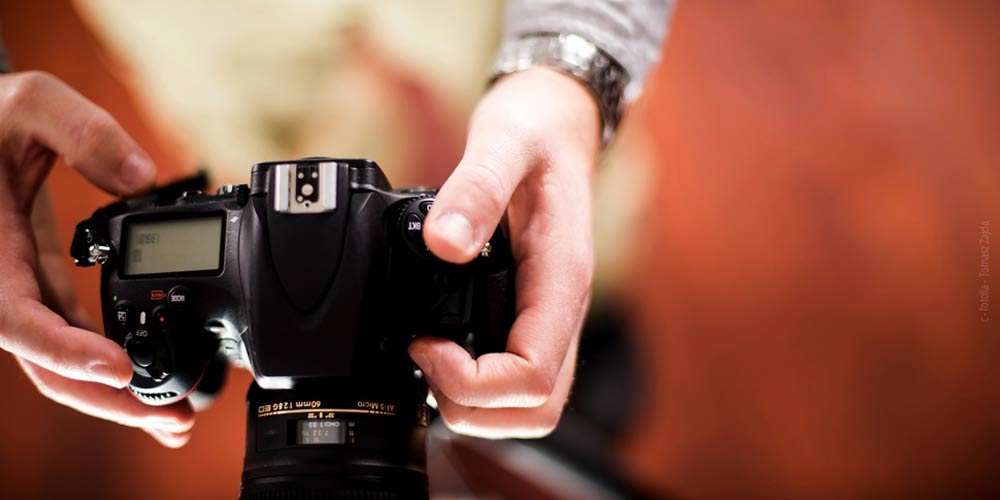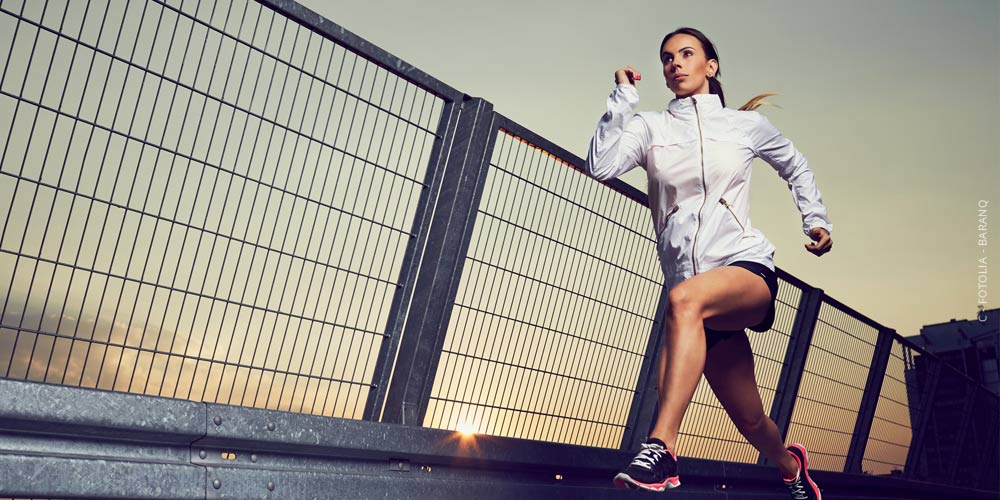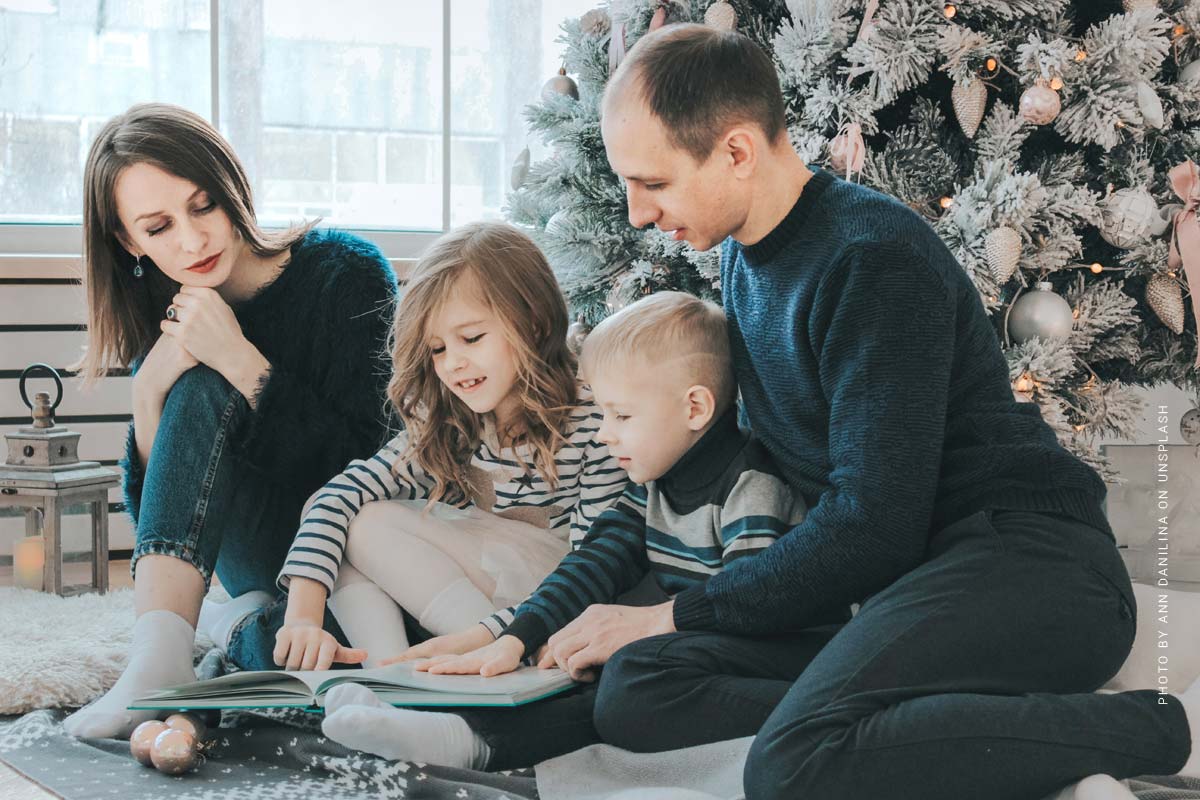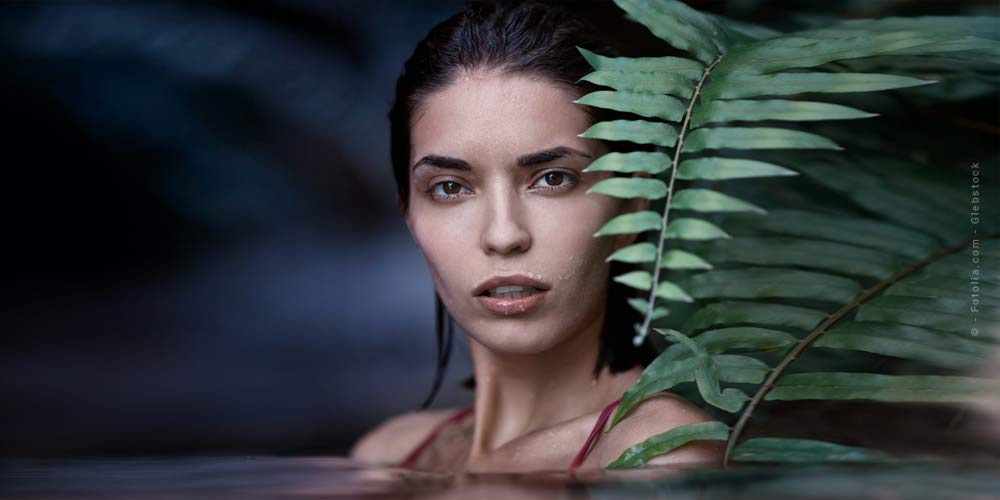Learning to take photographs: Training the photographic eye
Instead of accustoming ourselves to holding the camera on everything we walk through the viewfinder, we should train our eye for’good, thus valuable’ photos. Digital cameras are especially important for the training of a photographer’s eye, because you can see the result immediately. But the more often you have the direct comparison, the faster you learn to see which motives are really worthwhile. However, photo enthusiasts should refrain from deleting these photos immediately. Firstly, these images are much easier to evaluate on a PC or laptop and secondly, these permanent deletions can lead to errors in the data records.
Tips and tricks for amateur photographers
Training the eye for a successful motif is very important, because it can turn a hobby photographer into an ambitious expert. However, it also takes a certain talent to recognise an intuitive vein, a good motif and to know how best to implement it. At the same time, a photographer needs the right knowledge of image composition, because only the combination of intuition, the training of the eye and comprehensive expert knowledge leads to extraordinary images that get the photographer’s heart pumping. One of the basic technical principles is to choose the best point of view. Most photos are taken at eye level because most people are standing when taking pictures.
There’s nothing wrong with these photos and they look natural. But now and then another position can be even more effective, for example when the photographer kneels or chooses a higher position and shoots the subject more from above. Who has the time to test the position height before the shooting, should take the opportunity calmly, because these changes of the point of view create completely new views. The situation is similar with Negative Space. Photographers understand this as the part of the image that is not the main motif. Its design has a great impact on the subject itself and is therefore important when it comes to good photos. This’empty’ space fixes the viewer’s gaze on the motif. That’s why people like to work with blurriness in empty space instead of with many small details.
the craft of photography
You want to take pictures but don’t know what to look out for? Use your camera and start practicing. In photography there are many important points to watch out for. Jamie shows you in a short clip, the 9most important photography beginners tips. Just black and white photography and working with light, makes your next Instagram profile more beautiful.
Black and white images – contrast is the key
The majority of people love and enjoy the colours of the photos. But black and white photos have their own rules and show their own unique world. That’s why it still exists, even though the technology has been outdated for ages. In addition to the unique beauty that black and white photography can offer, black and white photography also has the advantage that it incredibly trains the eye for lines, structures and image composition. The colour usually draws attention to details or shapes that are unimportant for the composition of the picture. The pure black and white contrast shows more the structures, the negative space and the depths of the image. That’s why a hobby photographer should take a black and white shot of his digital camera and go through nature for a while and, above all, shoot a whole series of portraits. Because not only nature shots gain their uniqueness through the black and white contrast, but also people show their uniqueness in a wonderful way in these pictures.
All photographers love their equipment and like to experiment with it. However, it is precisely in order to train one’s own eyes that amateur photographers should concentrate on one lens for a longer period of time and explore all the possibilities offered to them by this tool. This own limitation ensures that the photographer does not deal with more accessories or aids but with the subject itself and thus tests new perspectives or stylistic devices, which considerably trains the sixth sense of an ambitious photographer.

